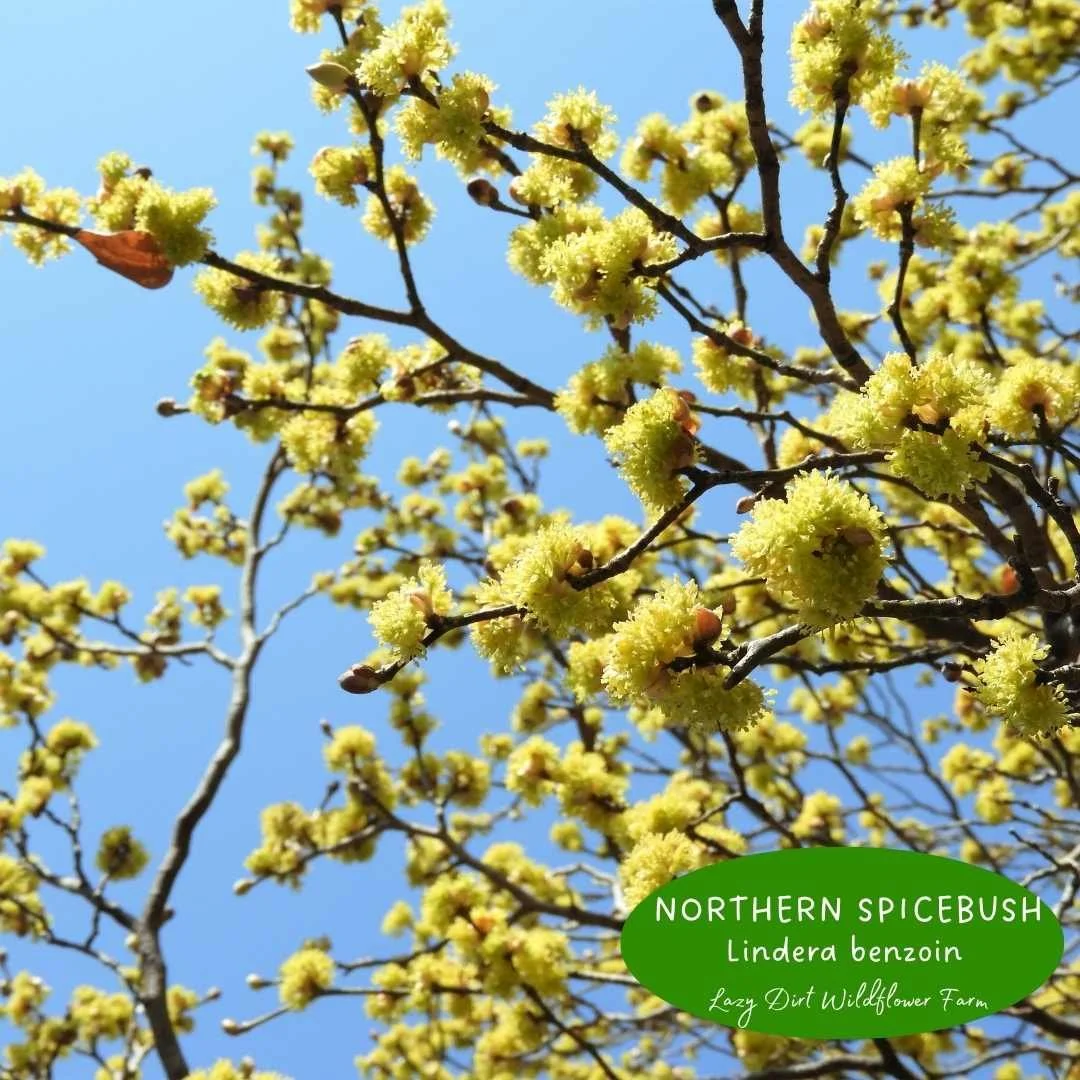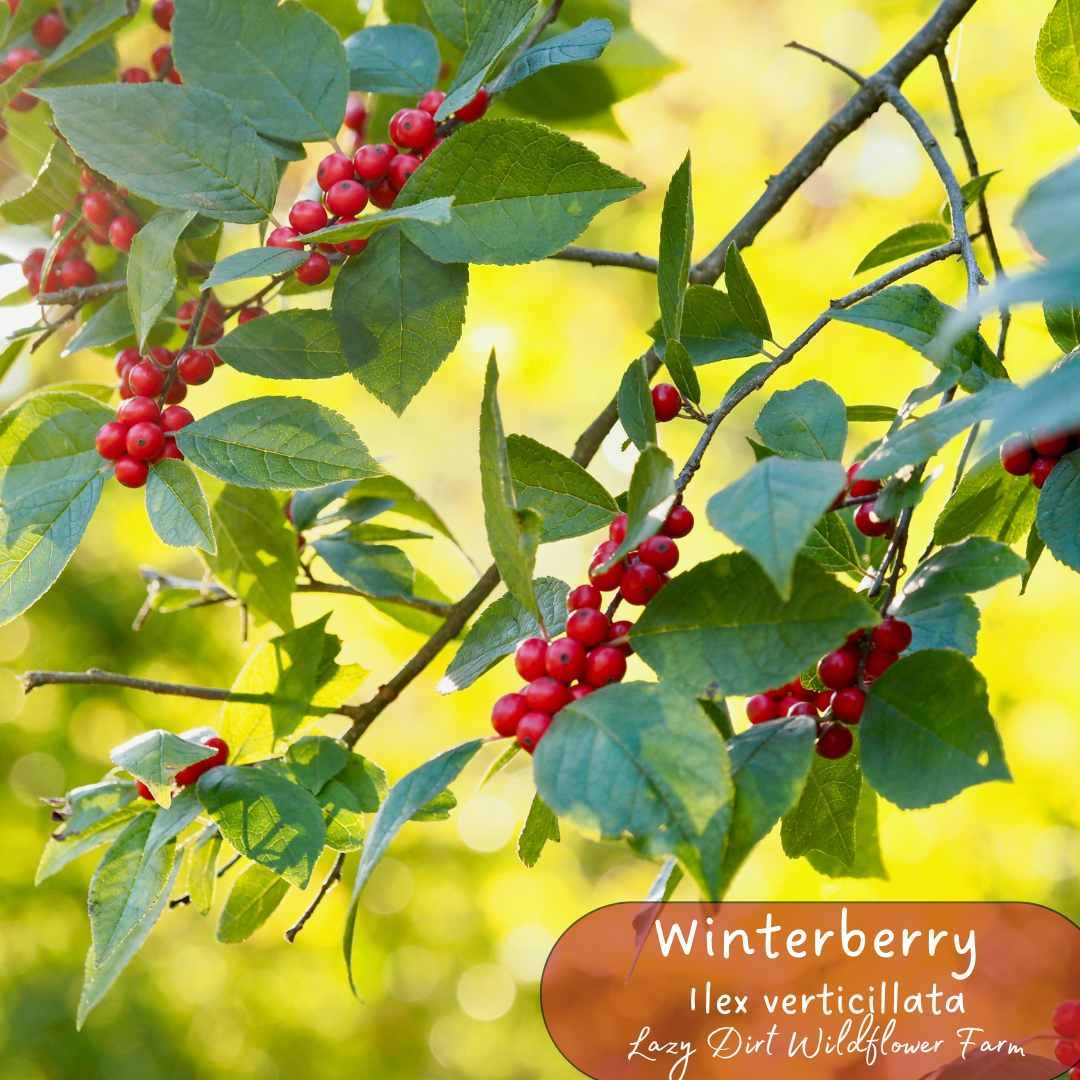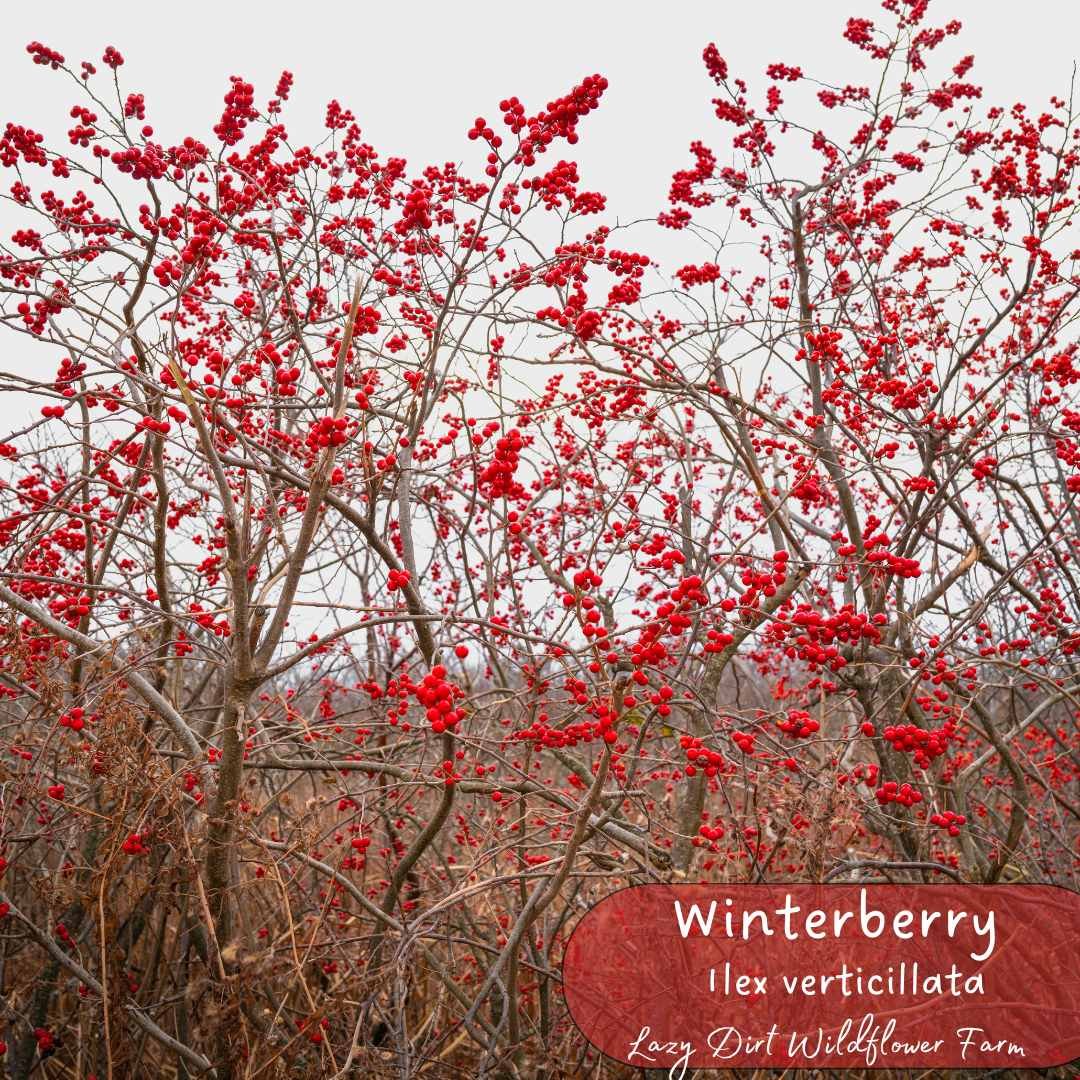Eastern Beebalm (Monarda bradburiana)
Eastern Beebalm is the earliest blooming of the Monarda family, it’s also the shortest growing only 1-2’ tall making it a lovely native perennial for placing in front of the garden.
TAP TO SEE A VIDEO OF THIS PLANT IN BLOOM
Flower heads & sweet fragrance attract native bees & hummingbirds. Leave faded flowers on the stems as seeds feed birds during the heat of Summer.
Plant Deets:
Full Sun to Filtered Shade
Likes medium to dry moisture in sandy- loamy soils.
1-2’ tall with 1’ spacing.
Lavender flowers late May into June
Eastern Beebalm is the earliest blooming of the Monarda family, it’s also the shortest growing only 1-2’ tall making it a lovely native perennial for placing in front of the garden.
TAP TO SEE A VIDEO OF THIS PLANT IN BLOOM
Flower heads & sweet fragrance attract native bees & hummingbirds. Leave faded flowers on the stems as seeds feed birds during the heat of Summer.
Plant Deets:
Full Sun to Filtered Shade
Likes medium to dry moisture in sandy- loamy soils.
1-2’ tall with 1’ spacing.
Lavender flowers late May into June
Eastern Beebalm is the earliest blooming of the Monarda family, it’s also the shortest growing only 1-2’ tall making it a lovely native perennial for placing in front of the garden.
TAP TO SEE A VIDEO OF THIS PLANT IN BLOOM
Flower heads & sweet fragrance attract native bees & hummingbirds. Leave faded flowers on the stems as seeds feed birds during the heat of Summer.
Plant Deets:
Full Sun to Filtered Shade
Likes medium to dry moisture in sandy- loamy soils.
1-2’ tall with 1’ spacing.
Lavender flowers late May into June
Lavender blooms with sweet purple spots on the petals begin in late May to June. Beautiful along a walkway or tucked into garden beds as its a clump-forming perennials. *We interplant Eastern Beebalm with our lavender plants and other Monardas.
** note Eastern Beebalm’s native range is the Central Eastern US not New York. Our ‘motherplants’ were grown from wild seeds on friends farm in eastern North Carolina. While we grow this species in our garden we ask that you do not plant this species in the wild.
We also grow the New York native species of Monardas from seeds harvested locally:












